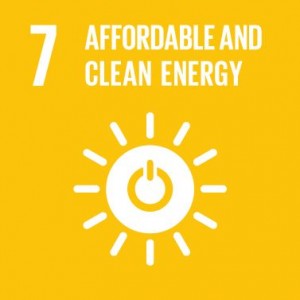Technological watch
Recent Advances on Stimuli-Responsive Hydrogels Based on Tissue-Derived ECMs and Their Components: Towards Improving Functionality for Tissue Engineering and Controlled Drug Delivery
Due to their highly hydrophilic nature and compositional versatility, hydrogels have assumed a protagonic role in the development of physiologically relevant tissues for several biomedical applications, such as in vivo tissue replacement or regeneration and in vitro disease modeling. By forming interconnected polymeric networks, hydrogels can be loaded with therapeutic agents, small molecules, or cells to deliver them locally to specific tissues or act as scaffolds for hosting cellular development. Hydrogels derived from decellularized extracellular matrices (dECMs), in particular, have gained significant attention in the fields of tissue engineering and regenerative medicine due to their inherently high biomimetic capabilities and endowment of a wide variety of bioactive cues capable of directing cellular behavior. However, these hydrogels often exhibit poor mechanical stability, and their biological properties alone are not enough to direct the development of tissue constructs with functional phenotypes. This review highlights the different ways in which external stimuli (e.g., light, thermal, mechanical, electric, magnetic, and acoustic) have been employed to improve the performance of dECM-based hydrogels for tissue engineering and regenerative medicine applications. Specifically, we outline how these stimuli have been implemented to improve their mechanical stability, tune their microarchitectural characteristics, facilitate tissue morphogenesis and enable precise control of drug release profiles. The strategic coupling of the bioactive features of dECM-based hydrogels with these stimulation schemes grants considerable advances in the development of functional hydrogels for a wide variety of applications within these fields.
Publication date: 25/09/2021
Author: Julian A. Serna
Reference: doi: 10.3390/polym13193263
















